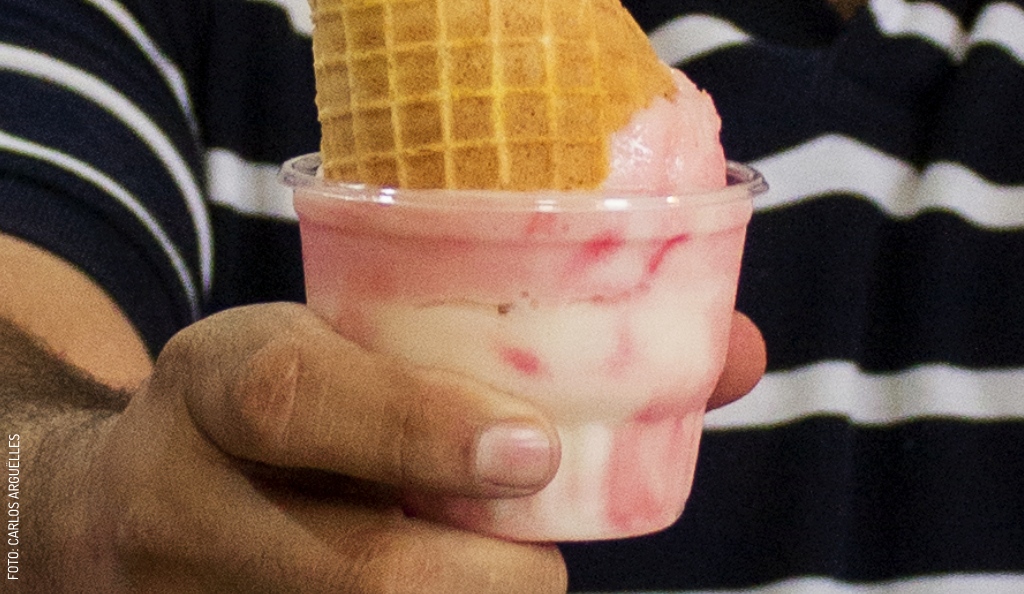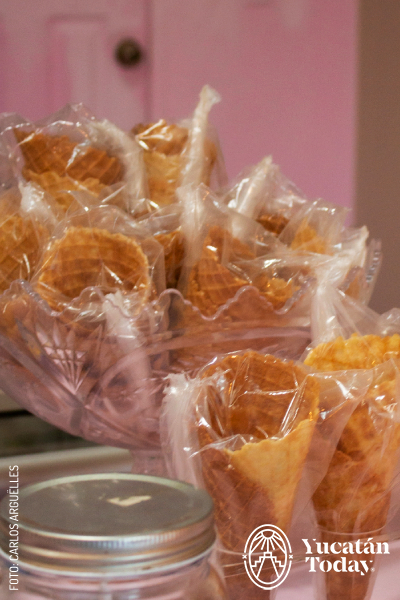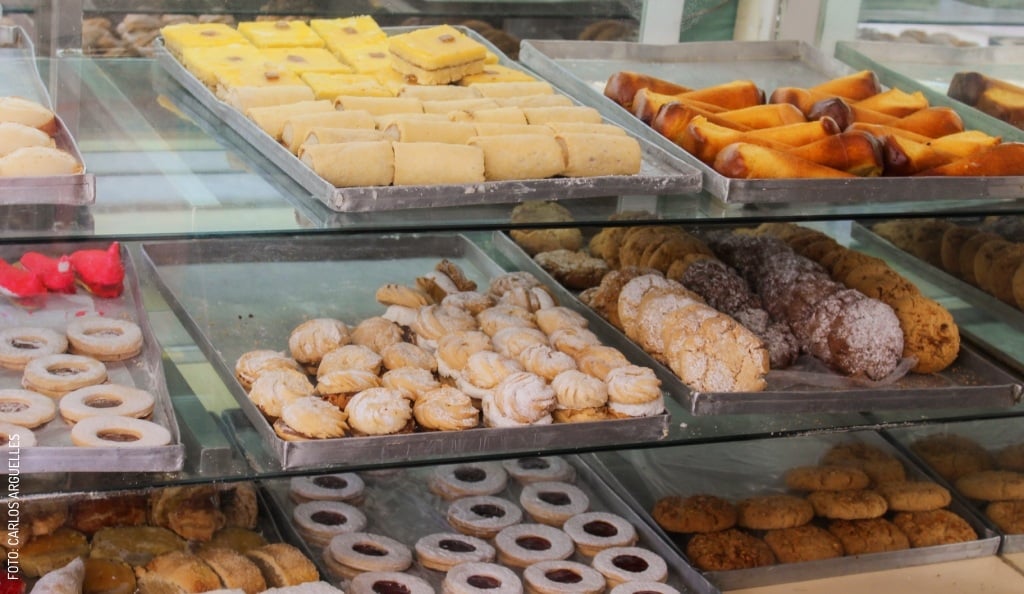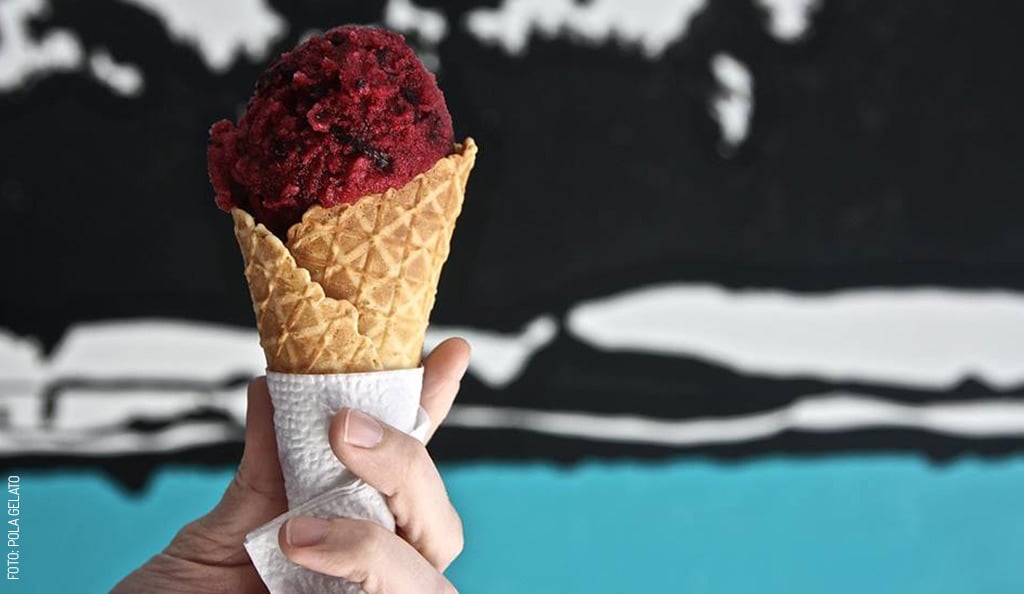
Crema Morisca: What does that strange pink ice cream taste like?
Due to the scorching sun that shines down on the Península, Yucatecos have come up with all sorts of ways to beat the heat. That's why in Yucatán we sleep in hammocks, dust ourselves with talcum powder after bathing, and love to soak up the cooler air in the late afternoon. But when the heat becomes too much to handle, there's nothing like treating yourself to something cool to eat.
In the southeast of México, abundant stalls and shops sell shaved ice, Troles (ice pops), and Bolis (ice lollies); but the real king of frozen desserts is the famous ice cream or sorbet.
Following tradition, many ice cream vendors use native fruits from the region to make coconut, mamey, nance, and corn ice creams, although creamy-based ice creams like chocolate are also popular. However, a flavor that intrigues both locals and visitors, due to its unique color and name, is Crema Morisca.
This flavor stands out in the freezers due to its characteristic pink color. Depending on the ice cream parlor, its hue can range from pastel pink to magenta. Its taste is tough to describe, but one thing is for sure: it's extremely delicious.

"I would say it's sweet, milky, and vanilla-flavored", shared Isaac Pacheco, the son of Marco Antonio Pacheco Medina, founder of Helados La Principal. This ice cream parlor, formerly known as "Helados El Popular Negro," has been operating for more than 70 years and has multiple locations in Mérida.
If you look up recipes online for making Crema Morisca ice cream, you'll find that they vary widely, as each ice cream parlor has its own closely guarded recipe, akin to a state secret. Ingredients like prunes and egg yolks are often mentioned. However, Isaac, without revealing the complete recipe, believes that the true key to Crema Morisca lies in the combination of dairy-derived products, such as evaporated milk and condensed milk, which give the ice cream a caramel-like taste. In fact, at his ice cream parlor, they recommend Crema Morisca to folks who enjoy desserts made with cream cheese, as this type of ice cream has very similar flavors.
We could write thousands of paragraphs attempting to describe Crema Morisca ice cream, but words can't capture its true essence. You simply have to taste it for yourself.
Because this flavor is considered a classic in Mérida, you can easily find it in traditional ice cream parlors that are common in the old parts of the city, such as Centro, the Alemán, or around Las Américas Park.
If you feel like ordering a Crema Morisca ice cream, don't ask for it in a cup! It's preferable to ask for it in a Barquilla Dulce (sweet wafer cone), which is what the cookie designed to hold ice cream is called. There are two types of Barquillas, cone-shaped or Conchita-shaped (that is, basket-shaped), and if they are well made, they should have a crunchy consistency, similar to that of Marquesitas.

.jpg)

Traditionally, Yucatecan ice creams are eaten without toppings or sauces. Still, Isaac mentions that if you're a true sugar fan, you can try accompanying Crema Morisca with chocolate syrup, as their flavors go well together.
Another incredible way to try Crema Morisca is in the form of a Champola. Champolas are quite common in Yucatán and can be considered a kind of unmixed milkshake: the word "Champola" comes from the Maya "Chan Pool," which means "little head," referring to the ice cream ball floating in the milk. Usually, they’re prepared with the ice cream of your choice, evaporated milk, vanilla, and cinnamon.
As you can see, Crema Morisca isn't just an iconic and mysterious flavor from southeastern México; it's also a taste that can be savored in different ways and textures. We hope this text inspires you to explore less traditional flavors, creating delightful Yucatecan memories on your palate.
We thank Isaac Pacheco, from Helados La Principal, for sharing his experience with us.
Photography by Carlos Argüelles for its use in Yucatán Today.

Author: Carlos Argüelles
Fashion designer and cultural agent. Lover of art, history, coffee, and Yucatecan gastronomy.
Receive the latest articles and much more from the best of Yucatán in your email!
Related articles

Traditional Desserts and Ice Cream Shops in Mérida
Save this list of places (very close to you) where you can try traditional desserts and ice creams with their original flavor and preparation.
Ice Cream Shops in Mérida to Survive the Heat
Would you like to take an ice cream shops tour? These five stops can be done in four hours (wink, wink). We have a few extras too!




